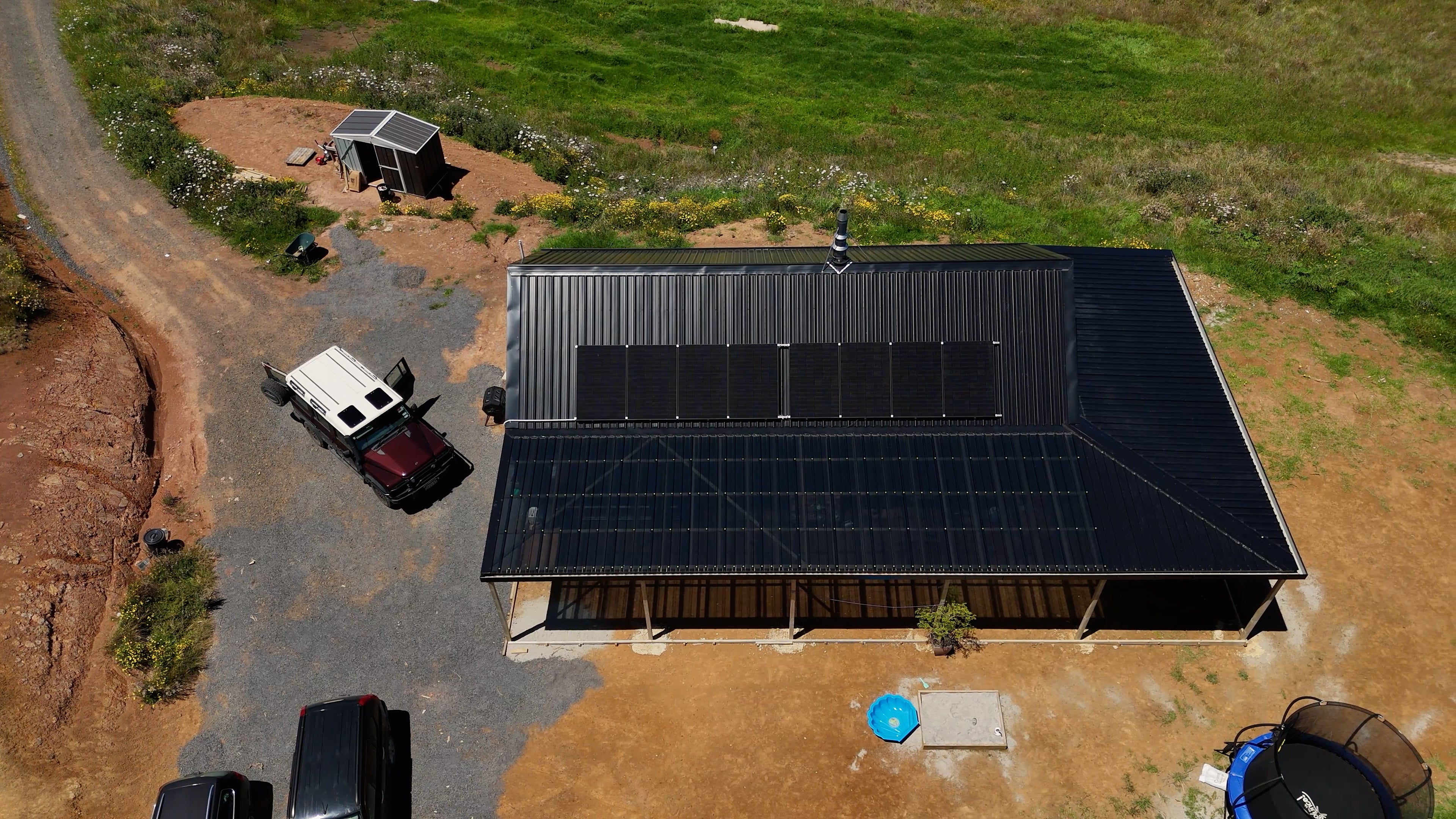The Bach Kit | Off-Grid Solar System
More help?
The Bach Kit | Off-Grid Solar System






The Bach Kit | Off-Grid Solar System
This upgraded Bach Kit is now twice the size, delivering even more energy to meet your needs. Perfect for 1-2 adults using it full-time, this enhanced kit provides greater solar generation and storage capacity, ensuring reliable power for your camper van, house bus, off-grid cabin, or bach.
With double the panels and batteries, this kit is designed to handle more appliances and longer usage periods, giving you the power to live off the grid comfortably and confidently.
Have questions or want a custom setup? Our friendly solar experts are here to help you find the perfect solution. Shipping rates are linked at the bottom of the page, and you’ll find complete contents, specifications, and downloads further down.

Lights
Small Kitchen Appliances
Fridge Freezer & Chest Freezer
Phone and Laptop Chargers

Washing Machine

Small On Demand Pump
Product Reviews
Our guides
You will find our helpful guides in the More Specs section under the Downloads drop down menu. Our guides are especially made for each solution. The Installation Guide contains step-by-step instructions for setting up your system.








